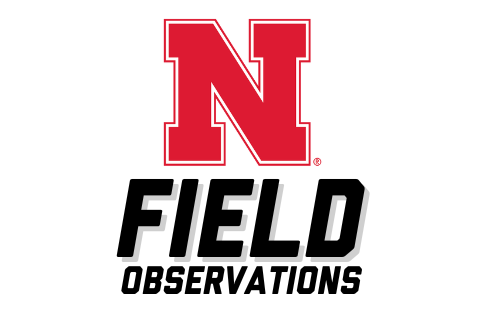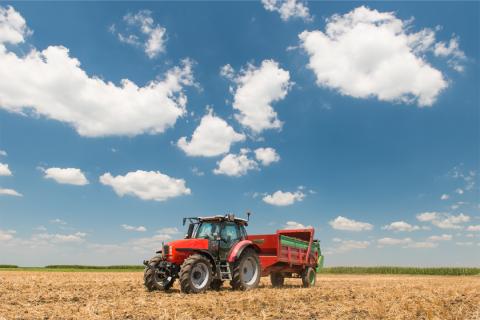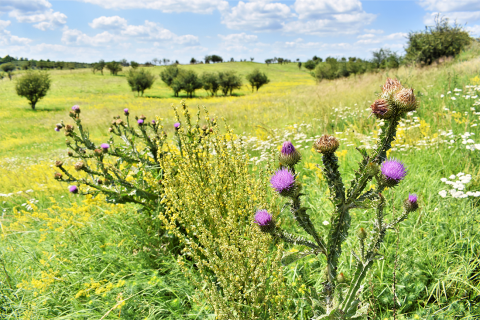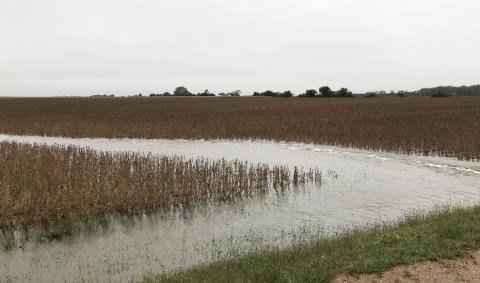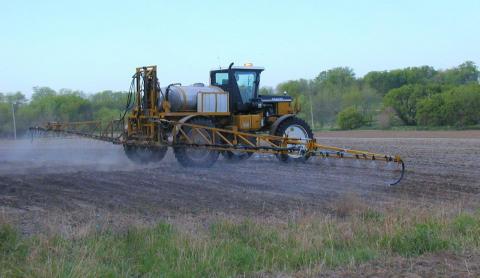This Week on N Field: Checking Center Pivot Pressure
August 25, 2023
Recommendations on the cheapest, easiest ways of monitoring water pressure to ensure a center pivot is operating correctly.
Manure Spreader Calibration is Not Just for Research Plots
August 24, 2023
Routine calibration of manure spreaders is an important step of a successful growing season and helps keep costs at a minimum.
Pasture and Forage Minute: Equipment Maintenance, Controlling Musk Thistle and No-Till on the Plains Tours
May 11, 2023
This week, extension educators review a checklist for pre-season hay equipment maintenance, tips for controlling musk thistle in pastures, and details of this year's No-Till on the Plains Whirlwind tours in June.
Collaborative Project Seeks to Protect Agricultural Technology from Cyberattacks
September 22, 2022
The research team is investigating the security and hackability of autonomous farm vehicles and precision ag equipment using Flex-Ro, an ag robot created by UNL's Biological Systems Engineering Department.
Preventing Weed Seed Distribution from Combines
September 22, 2022
Weed seeds accumulate in different parts of a combine during harvest, encouraging weed growth in new fields; however, weed seed distribution can be reduced by targeting specific areas of the combine for a quick clean-out at the end of the day.
Avoiding Harvest Compaction in Wet Soils
October 10, 2019
With wet soils in many areas and heavy harvest equipment, compaction is likely to develop, affecting crop growth in coming seasons. Taking these 10 steps can help reduce compaction this harvest.
How Clean is Your Sprayer? Study Participants Needed
May 10, 2019
University researchers are seeking 30 Nebraska spray applicators for a sprayer cleanout study. The study will help extension application educators learn about applicator practices and how to direct their educational efforts.
Think Your Sprayer's Clean? Think Again
June 6, 2018
A 120-foot sprayer can have as many as 96 nozzles and screens and stow away as much as 15 gallons of pesticide residue in its nooks and crannies after an application is done. Consider these tips for thoroughly cleaning your sprayer to avoid off-target contamination.
